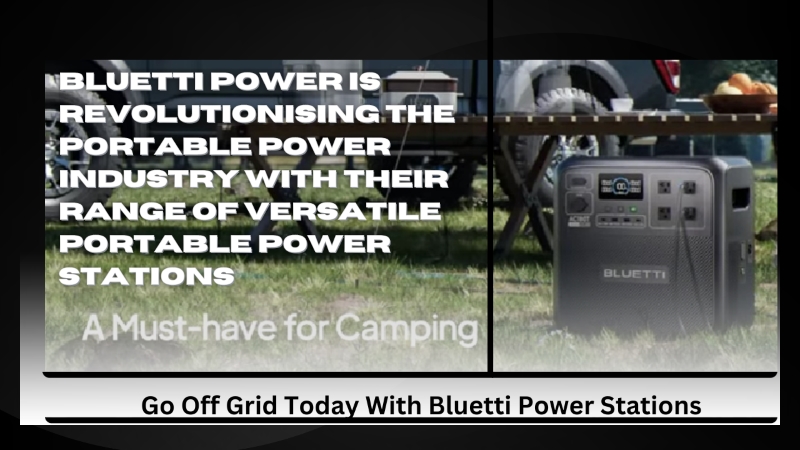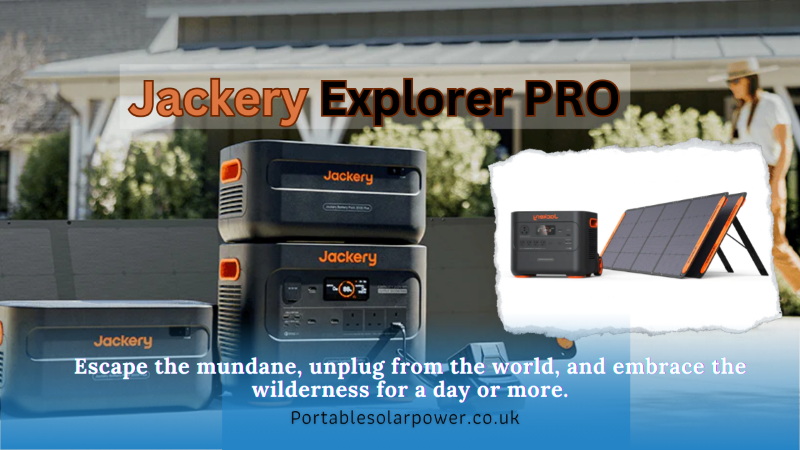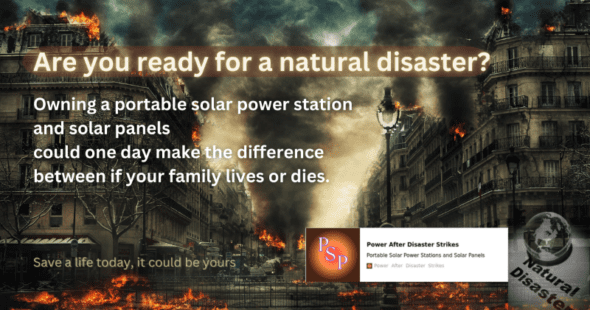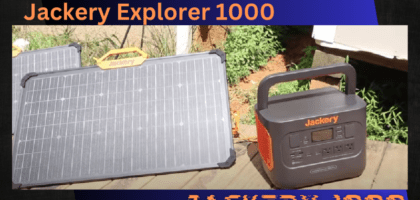Imagine the fallout from a natural disaster that hits close to your home.
Your daily routine is thrown into chaos, and the comforts you once took for granted are now distant memories. Without warning, you’re cut off from the world as electrical power, the lifeline of your connectivity, vanishes.
This isn’t mere speculation; it’s a dark reality that countless people face every year due to natural calamities or human-induced crises. The truth is, electricity is the pulse that keeps modern society alive, powering everything from hospitals to the devices that connect us to loved ones through communication devices. When that pulse weakens or stops, the impact is felt immediately and profoundly.
Yet, it’s not just about the gadgets that are silenced. Without power, the very fabric of society begins to unravel. Communication networks collapse, essential services halt, and the comfort of light against the encroaching darkness is lost. In these moments, staying connected isn’t just convenient — it’s critical for safety, the relay of information, and a sense of normalcy.
That’s where alternative energy solutions come into play, offering a glimmer of hope amid catastrophe. Among those, portable solar generators stand out. These devices transform the sun’s rays—abundant and ever-present—into usable electricity, proving that even when infrastructure fails, self-sufficiency is still within reach. As we transition into learning more about these generators, consider their potential not just as emergency tools, but as vessels of empowerment in uncertain times.
Portable Solar Generators: A Lifeline in the Darkness
In the aftermath of a catastrophe, when conventional power sources are down, a portable solar generator can become a vital source of electricity. It operates by converting sunlight into electrical power, which is then stored in a battery for use when needed. Unlike fuel-powered generators, these devices are quiet, do not require gasoline, and can be used indoors without the risk of carbon monoxide poisoning.
The significance of having a solar generator during a blackout cannot be overstated. They provide power for essential devices such as lights, smartphones, and small appliances, enabling individuals to stay informed, communicate with loved ones, and maintain some semblance of normality. Businesses can also use solar generators to operate Point Of Sale systems and maintain inventory control, vital for continuing operations during power outages.
I have seen first hand accounts and reports that show the resilience provided by portable solar generators. In recent disasters where the infrastructure was severely compromised, individuals and communities with access to solar generators were able to keep their medical equipment operating, charge devices to stay in touch with emergency services, and have a reliable source of light at night.
As a segue to the next topic, I’ll emphasise the indispensability of portable solar generators by highlighting their immediate relief: While they keep vital appliances running efficiently, their companions, portable power stations, offer a broader spectrum of power options to cater to a wider range of needs when no other power source is available.

Portable Power Stations: Keeping Technology Alive When the Grid Goes Down
Imagine your phone is on its last 10% battery, the power grid is down, and you’re in dire need of reaching out for assistance or just keeping up with critical updates. This is where a portable power station becomes essential.
A portable power station is a compact, mobile battery unit that often comes with multiple charging ports and can provide electricity to various devices when traditional sources fail. They range from small, backpack-friendly models to larger ones capable of powering appliances.
Compared to generators that run on fuel, these power stations are noiseless, emit no fumes, and require no complex maintenance. This makes them especially suited for indoor use and close quarters, which is often the case in emergency shelters or safe rooms.
Users benefit from the simplicity of charging these stations in advance or even using them in real time with portable solar panels for a continuous power supply. This offers a degree of independence from the grid that’s crucial in prolonged outages.
Several case studies highlight the impact of use portable power stations offer after disaster strikes. For example, during the California wildfires, individuals with these devices were able to maintain communication with emergency services and loved ones, despite widespread power losses.
Now, one might question the efficiency of these stations during overcast or night-time scenarios. That’s where the next piece of the puzzle fits in – portable solar panels, which complement and recharge these power stations. I’ll explore how these panels can capture energy and become a sustainable solution, especially when disaster strikes and you’re left with limited options.

Harnessing the Sun: The Role of Portable Solar Panels
When disaster strikes, access to reliable power sources can mean the difference between staying connected or being left in the dark. This is where portable solar panels shine as a beacon of self-sufficiency. Engineered to convert sunlight into electrical power, these units can supply energy even when traditional power infrastructures have failed.
The beauty of portable solar panels lies in their simplicity and sustainability. Unlike fuel-based generators, solar panels require only sunlight to operate, making them particularly useful in prolonged disaster scenarios where fuel supplies might be interrupted.
Practical use of these panels extends to keeping communication devices operational, thus ensuring that you can stay in touch with family, friends and emergency services. They also become invaluable for powering medical devices, which can save lives when hospitals are overwhelmed or unavailable.
A crucial point to remember is the need for compatibility between solar panels and the devices they will power. Before disaster strikes, I urge individuals to research connection types, power requirements, and ensure they have the necessary adapters or power banks. This preparation can set the stage for a smoother transition into a state of self-reliance in terms of energy needs.
Moving into the next section, we will build on the principles of these portable solar power systems, stepping into strategies and action steps to integrate these green energy sources into your disaster preparedness planning. You want to guard not just against the immediate aftermath but also ensure long-term resilience. Advance planning with these tools can substantially mitigate the challenges people face when the grid goes down.

Preparation Strategies: Integrating Portable Power Solutions into Disaster Readiness Plans
Emergencies don’t wait for us to be ready. When I consider the devastating potential of natural disasters or human-induced crises, I always come back to the importance of preparation. One key aspect of this preparation is understanding how to incorporate portable power solutions, like solar generators and power stations, into our disaster readiness plans.
It starts with taking inventory of our needs. Identifying the electronics and devices that are essential during an outage can make all the difference. For instance, keeping communication lines open using your mobile device, powering medical equipment, or maintaining some semblance of normality within our homes through lighting and heating are critical. Most importantly, knowing exactly how to operate these portable power sources before disaster strikes is a must.
We should also extend our knowledge to others. Hosting community workshops or creating informative online content can educate and prepare neighbours and local organisations, ensuring that more people know how to sustain power independently. Personal testimonies and expert guidance go a long way in empowering communities.
Emergency preparedness kits should now always include portable power devices. It’s remarkable how often I’ve heard stories of those devices making a tangible difference to survival rates. Making room for power stations and solar panels amidst the water bottles and non-perishable foods in your go-bag isn’t just smart; it can be life-saving and it could be your life that you are saving.
Perhaps one of my top recommendations is the routine testing of your portable power device. It’s similar to a fire drill—by regular testing, you ensure that everything operates smoothly, and you remain familiar with its use. An untested solar charger gathering dust in the basement or cupboard won’t help when you need it the most.
All this preparation acts as the groundwork for resilience. The next section looks towards the future of disaster resilience, examining new advancements in portable power technology, and exploring how communities can band together to enhance their survival prospects through portable, sustainable energy solutions.
Beyond Survival: The Future of Disaster Resilience and Portable Power Technology
Portable power technology is not just about weathering the storm; it’s about reshaping our vision of resilience in the face of potential disasters. As we look to the future, we see a landscape where innovation fuels not only survival but sustainable living, even in the aftermath of a catastrophe.
I believe the next wave of portable power devices will go beyond mere gadgets. They will become integral components of a resilient infrastructure, empowering communities to rebound swiftly. Imagine neighbourhoods less reliant on centralised power grids, equipped with solar panels and power stations that form a robust energy network. This scenario isn’t just a dream; it’s a direction that some forward-thinking communities are already taking.
There’s a significant role for both government agencies and industry leaders in nurturing a survival evolution. By investing in research, spreading knowledge, and creating subsidies for portable solar technologies, they can catalyse a transformation in how we manage disaster scenarios.
Building disaster-resilient communities is a shared responsibility. As individuals, we must take the initiative to prepare and adapt, integrating portable power solutions into our safety plans. When the collective efforts of individuals, local communities, governments, and industries converge, we strengthen our ability to withstand and recover from disasters more efficiently, ensuring that when the next disaster strikes, we’re not merely surviving, but thriving.






